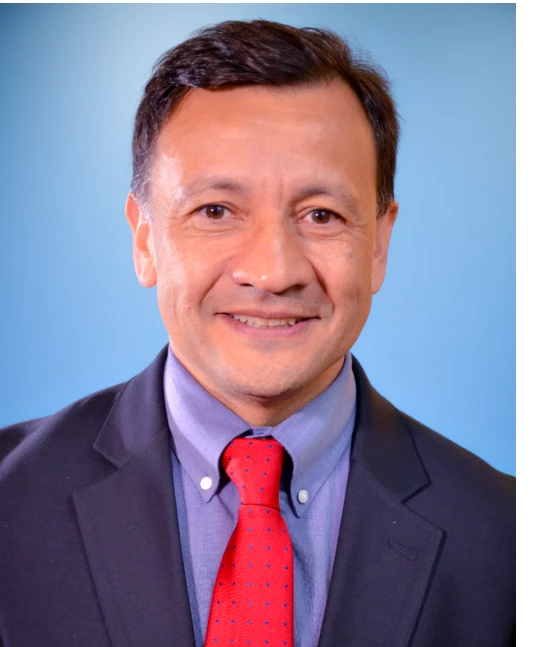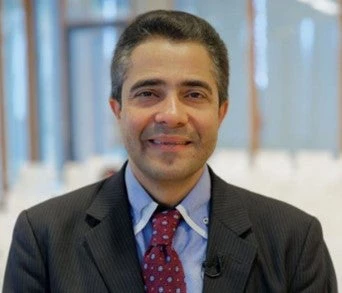
Today, employers all over the world report difficulties in finding workers with adequate skills. While much of the focus is on young labor market entrants not acquiring the right set of skills, governments also face the challenge of retooling the skills of their current workforce to reflect a changing economic environment and labor market.
In fast-aging regions, like Eastern Europe and Central Asia, addressing the outdated skills of many older workers after economic restructuring and the transition to a market economy is even more pressing, especially in economies facing demographic decline. Though older workers are less likely to be unemployed, they experience longer unemployment and are more likely to be laid off from industries in structural decline.
Thus, the challenge is to get them back into employment quickly. Yet the conventional wisdom points to a mixed record on the effectiveness of training and adult learning programs.
This begs the questions: Can an old brain learn new skills, and if so how can adults acquire skills more effectively? How effective are workforce development programs? And how can they be tailored to be most effective for older workers?
In the search for some answers, we have learned that over the past several years, scientists have looked deeper into how brains age. Emerging findings from neurology, psychology, education and economics challenge many long-held views about adult learning and the effectiveness of adult training.
At a recent World Bank forum, we invited economists and educational experts to share new insights from research on the biology, motivation and incentives for adult learning, as well as lessons from promising interventions to train workers through the lifecycle. The bottom line: with appropriate training strategies, mature brains can indeed learn new skills, and the economic returns can be pretty high!
At our seminar, Dr. Kathleen Taylor of Saint Mary’s College of California stressed that the brain continues to change as it traverses middle age, so that although cognitive potential starts to decline between age 40 and 50, compensation and reorganization can allow a person to maintain high functional performance compared with someone much younger.
As we pass middle age, the brain gets better at using prior experiences and knowledge to find solutions to new problems, and it can even do this much faster than a younger brain. By understanding how the adult brain works—and therefore how to work with the adult brain—trainers can achieve significant and lasting return on investment.
Dr. Carolyn Heinrich of the University of Texas at Austin cautioned that the empirical evidence does not support the common generalizations about the ineffectiveness of workforce development programs. A wide range of public and private workforce training strategies have been shown to produce returns of approximately 10-26%, which compare favorably with 6-10% estimated real rates of return on some stocks!
George Washington University’s Dr. Burt Barnow discussed key features of promising strategies to train older workers. These include establishing clear links to employers beforehand –to ensure relevance but also overcome any reluctance to hire older workers; competence-based training organized as series of shorter modules; and fully built-on recognition of prior learning.
Several countries offer promising experiences with adult education and training programs. In the United Kingdom and Denmark, for example, a partnership involving ministries and adult learning stakeholders, including employers, provides lifelong learning opportunities for adults and youth and focus on the provision of 'life skills', including 'learning how to learn'.
Countries like the Czech Republic and Poland have developed lifelong learning and human capital development strategies, which make learning paths more flexible for adults by fostering recognition of prior learning through the introduction of ‘Qualifications Frameworks,’ defined in terms of acquired knowledge, skills and competences.Some companies, like BMW in Germany, are finding new, successful ways of engaging an aging workforce and adjusting the workplace to its specific needs.
So, there’s good news about the aging brain: having more and different experiences to draw on is an advantage. Mature brains may find it easier to change how they know, not just what they know. So, yes, you can teach an aging brain new skills, if you do it in the right context and with the right training support. And emerging research shows that the returns can be pretty high!
Related:



Join the Conversation